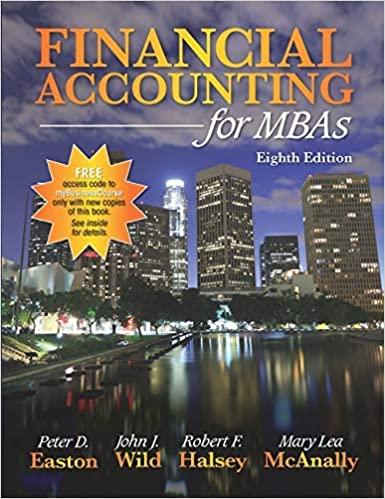You can hire all the workers you want at $100 per worker. The output price of your product is $10. Fill in the Table below

+ TABLE 3 (Note: W = $100) Ne Ye MPNMRPNA Marginal Profit Total Profit P= $10 P=$122 P= $10 P= $124 0 P= P= $100 $12 12 3 44 5. 6 1) (5 points) How many workers will you hire and what is your maximum profit in nominal terms when the price of your output is $10? In real terms? Note, this is when the wage is $100. i) (5 points) How many workers will you hire and what is your maximum profit in nominal terms when the price of the output is $12? In real terms? Note, this is when the wage is $100. k) (10 points) In the space below, draw three supply curves redraw the two supply curves from above (completely labeled with points A,B,C,D) and add the new supply curve given the productivity shock. Be sure to put all the shift variables in parentheses next to all three supply curves. On this third supply curve, please label as point E when the price is $10 and as point F when the price is $12. 4 4 10 points for correct and completely labeled diagram. 1) (15 points) Suppose that the workers that are more productive ask for a raise since their increase in productivity was the reason your profits went up. Assuming that your output price is $10, calculate the number of workers that you would hire, your nominal profit, your real profit if you raised the nominal wage to $110 and compare to your answers in part a) above (assume you hire the worker even though you break even on them!). Are your answers consistent with the New Economy years in the mid to late 1990's? Be sure to refer to economic growth (what happened to Y?), unemployment rates, profits (stock market), real wages and government tax revenue - this question is worth 15 points! + TABLE 3 (Note: W = $100) Ne Ye MPNMRPNA Marginal Profit Total Profit P= $10 P=$122 P= $10 P= $124 0 P= P= $100 $12 12 3 44 5. 6 1) (5 points) How many workers will you hire and what is your maximum profit in nominal terms when the price of your output is $10? In real terms? Note, this is when the wage is $100. i) (5 points) How many workers will you hire and what is your maximum profit in nominal terms when the price of the output is $12? In real terms? Note, this is when the wage is $100. k) (10 points) In the space below, draw three supply curves redraw the two supply curves from above (completely labeled with points A,B,C,D) and add the new supply curve given the productivity shock. Be sure to put all the shift variables in parentheses next to all three supply curves. On this third supply curve, please label as point E when the price is $10 and as point F when the price is $12. 4 4 10 points for correct and completely labeled diagram. 1) (15 points) Suppose that the workers that are more productive ask for a raise since their increase in productivity was the reason your profits went up. Assuming that your output price is $10, calculate the number of workers that you would hire, your nominal profit, your real profit if you raised the nominal wage to $110 and compare to your answers in part a) above (assume you hire the worker even though you break even on them!). Are your answers consistent with the New Economy years in the mid to late 1990's? Be sure to refer to economic growth (what happened to Y?), unemployment rates, profits (stock market), real wages and government tax revenue - this question is worth 15 points







